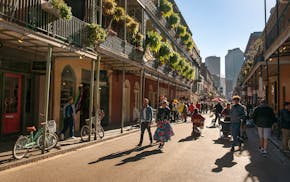It's hard to know what to make of Paul Gauguin.
Postimpressionism is an umbrella term for European painters such as Gauguin who moved beyond the plein-air ("outdoor") breakthroughs of Degas, Renoir and especially Monet. Its practitioners turned toward symbolism and abstraction to uncover transcendent truths beneath brightly hued, often allegorical, canvases.
The enigmatic Gauguin (1848-1903) complicates the definition further: He was "a bricoleur, a cobbler-together," as his mentor Camille Pissarro noted, an iconoclastic stylist who referenced the past while gazing to the future. As Sue Prideaux writes in her spirited, rangy "Wild Thing," Gauguin grappled with what tools, if any, Western art had to shape the world for the better.
Gauguin was a toddler in Paris when revolutions stormed across the continent. His maternal grandmother, Flora Tristan, had been a pioneering socialist and feminist. To escape revolutionary violence, his parents used connections to immigrate to Peru.
His father died suddenly during the voyage; his mother later earned her living as a dressmaker. At age 7, he returned to "ghost-grey" France. In Prideaux's view, the contrasts between an insouciant childhood in the tropics and his bourgeois adulthood in Europe form the ethos of Gauguin's oeuvre: "When anyone made him feel stupid, helpless or inferior he would say threateningly, 'I am a savage from Peru.'"
After the horrific slaughter of the Franco-Prussian war, good fortune favored the taciturn young man: Through the patronage of the affluent Arosa family he settled into a career as a broker in Parisian stock markets. In just a few years, he'd built a solid income, married Mette Gad, a beautiful and imperious Dane, and fathered five children.
The Frenchman circulated among an emerging cadre of artists who'd disavowed the fusty methods and themes of the French Academy, deriving his rich palette from the impressionists. He cast aside his vocation to embark on paintings and ceramics, inspired by rugged, remote locales such as Pont-Aven, a Breton village, and Martinique in the Caribbean. He never lost his obsession with humanity in nature, free of civilization's constraints.
One critic "described his pictures as very odd, very noble and very barbaric all at once. Gauguin was seen as a new force: original, intriguing, colouristically sumptuous, and more than a little transgressive in the way he was prepared to jettison technique."
After a brief yet deeply affecting collaboration with the doomed Van Gogh — Vincent's "Sunflowers" series is an homage to his friend — Gauguin abandoned his family in Copenhagen to pursue his calling in Tahiti, where he furiously tried to meld Western conventions with the sensations found there.
As Prideaux (whose books include a biography of painter Edvard Munch) writes, "Apart from trying to discover the pictorial language to express the ethnographical mystery of the place and its people, he needed to discover how these foreign colours, whose behavior in this glaring sunlight was so new to him, behaved in relation to each other."
Portraits, landscapes, nudes, madonnas: Prideaux argues that Gauguin's Tahitian works add up to anti-colonial rebuke, rather than decorative appropriation of the Other. Your mileage may vary.
She charts the painter's complex legacy while avoiding the traps of granular biography, illuminating the bridge from fin de siècle innovations to the surge of modernism, as Matisse and Picasso drew on Gauguin's zeal for color and pre-Colombian pottery.
"Wild Thing," then, is an ode to both a singular visionary and a world, not unlike ours, in the throes of political and artistic turmoil.
Hamilton Cain, who also reviews for the New York Times Book Review and Washington Post, lives in Brooklyn, New York.
Wild Thing: A Life of Paul Gauguin
By: Sue Prideaux.
Publisher: Norton, 401 pages.
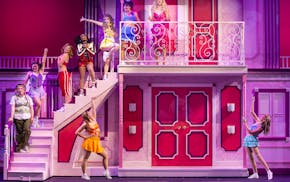
For 'Legally Blonde' star, 'being underestimated is her secret superpower'
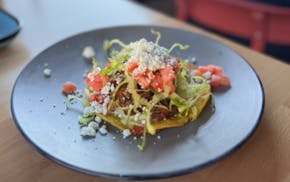
Restaurant openings and closings in the Twin Cities
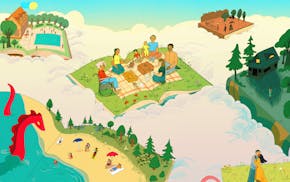
24 terrific books for the beach, cabin or lawn chair you'll want to read this summer
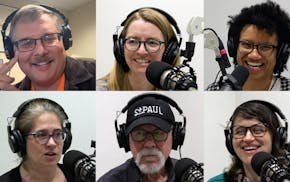
Worth It podcast: Prince week, a giant pencil, pool parties and women's sports
